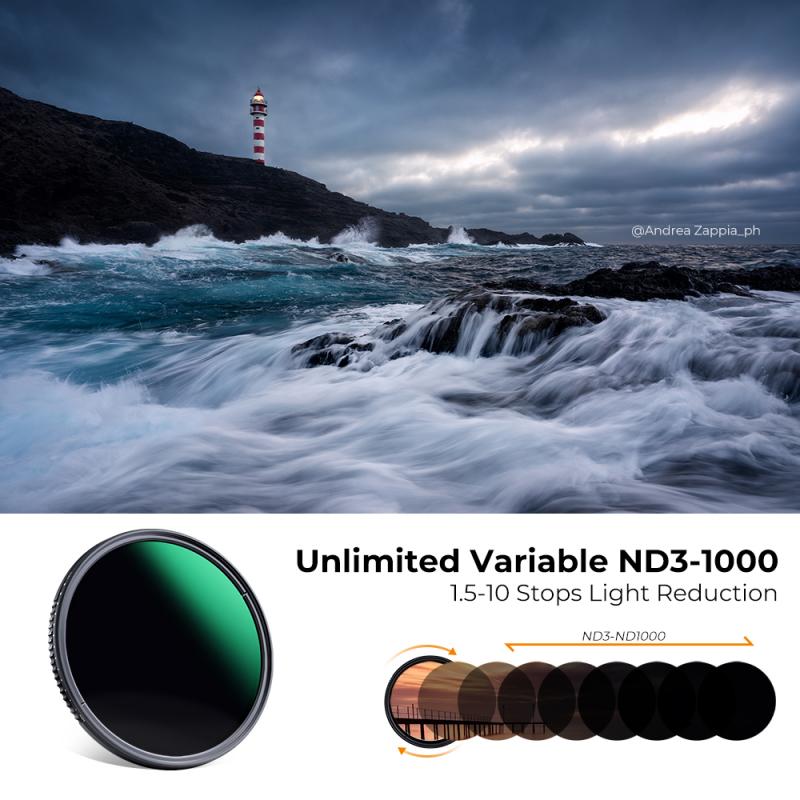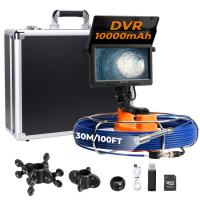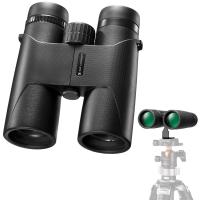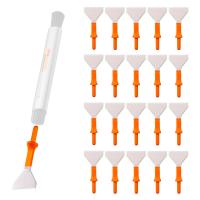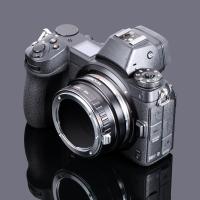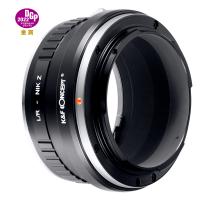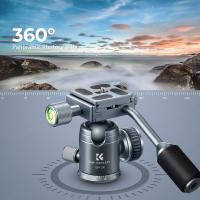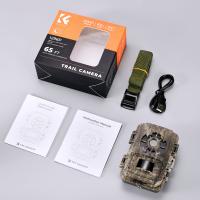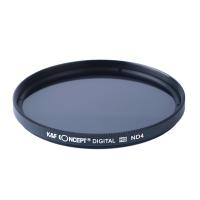When First Digital Camera Was Invented ?
The first digital camera was invented in 1975 by Steven Sasson, an engineer at Eastman Kodak. It was a prototype that used a CCD image sensor to capture black and white images at a resolution of 0.01 megapixels. The camera stored the images on a cassette tape and took about 23 seconds to capture and record each image. This invention marked the beginning of the digital photography revolution, although it would take several more years for digital cameras to become commercially available and widely adopted.
1、 Invention of the first digital camera (1975)
The first digital camera was invented in 1975 by Steven Sasson, an engineer at Eastman Kodak. This groundbreaking invention marked the beginning of a new era in photography, as it eliminated the need for film and allowed for instant image capture and storage.
Sasson's invention was far from the sleek and compact digital cameras we are familiar with today. It was a bulky device weighing around 8 pounds and had a resolution of only 0.01 megapixels. The camera used a CCD sensor to capture black and white images, which were then stored on a cassette tape. It took a whopping 23 seconds to capture a single image, and the image quality was far from impressive.
Despite its limitations, the invention of the first digital camera laid the foundation for the rapid advancements in digital photography that we witness today. Over the years, digital cameras have become smaller, more affordable, and capable of capturing high-resolution images and videos. The introduction of color sensors, improved image processing algorithms, and the integration of advanced features such as autofocus and image stabilization have revolutionized the way we capture and share moments.
Today, digital cameras are not only found in dedicated devices but also integrated into smartphones, tablets, and other portable devices. The convenience and accessibility of digital photography have made it a ubiquitous part of our lives. Social media platforms and online photo-sharing websites have further fueled the popularity of digital photography, allowing users to instantly share their images with a global audience.
In conclusion, the invention of the first digital camera in 1975 by Steven Sasson marked the beginning of a technological revolution in photography. While the initial camera was far from perfect, it paved the way for the development of more advanced and user-friendly digital cameras that we use today. Digital photography has become an integral part of our lives, enabling us to capture and share moments with ease.
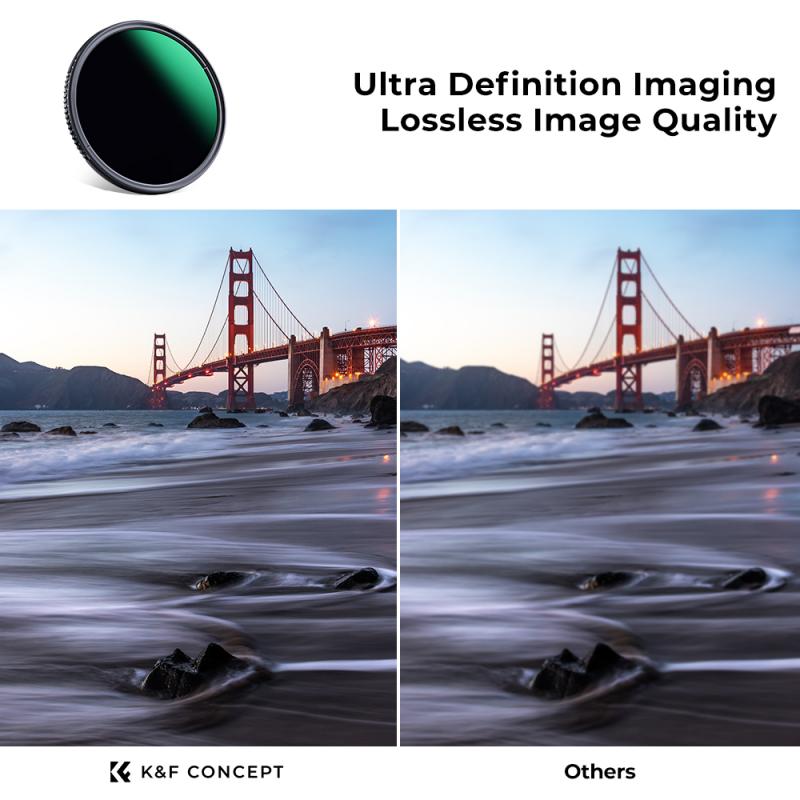
2、 Development of the CCD sensor for digital imaging (1969)
The development of the CCD (Charge-Coupled Device) sensor for digital imaging in 1969 marked a significant milestone in the history of digital cameras. The CCD sensor, invented by Willard Boyle and George E. Smith, revolutionized the way images were captured and stored.
Before the invention of the CCD sensor, photography relied on traditional film cameras, which required the use of physical film to capture and store images. The CCD sensor, on the other hand, converted light into electrical signals, allowing for the direct capture and storage of digital images.
Since its invention, the CCD sensor has undergone significant advancements and improvements. The early CCD sensors had limited resolution and were primarily used in scientific and industrial applications. However, as technology progressed, CCD sensors became more refined, leading to the development of consumer digital cameras.
In recent years, CCD sensors have faced competition from CMOS (Complementary Metal-Oxide-Semiconductor) sensors, which offer advantages such as lower power consumption and faster readout speeds. As a result, many digital camera manufacturers have shifted towards using CMOS sensors in their products.
Despite this shift, CCD sensors still find applications in specialized fields such as astronomy and microscopy, where their superior image quality and sensitivity are highly valued. Additionally, some photographers and enthusiasts still prefer the unique image characteristics produced by CCD sensors, leading to the continued production of CCD-based cameras.
In conclusion, the invention of the CCD sensor in 1969 marked a significant turning point in the development of digital cameras. While CCD sensors have faced competition from CMOS sensors in recent years, they continue to be used in specialized applications and are favored by some photographers. The continuous advancements in sensor technology ensure that digital cameras will continue to evolve and improve in the future.
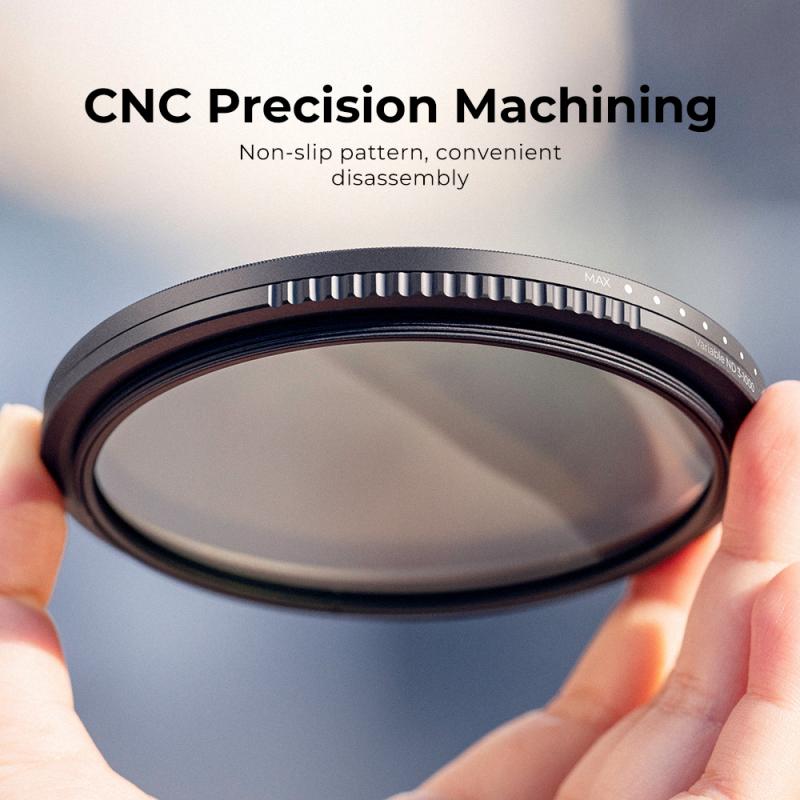
3、 Introduction of the first commercially available digital camera (1990)
The first commercially available digital camera was introduced in 1990, marking a significant milestone in the history of photography. This groundbreaking invention revolutionized the way we capture, store, and share images.
The digital camera, known as the Dycam Model 1, was developed by Steven Sasson, an engineer at Eastman Kodak. It featured a resolution of 0.01 megapixels and stored images on a cassette tape. Although the image quality was far from perfect, this invention laid the foundation for the future development of digital photography.
Since then, digital cameras have undergone tremendous advancements. The introduction of higher resolution sensors, improved image processing algorithms, and the integration of various features have significantly enhanced the quality and versatility of digital photography. Today, we have digital cameras with resolutions exceeding 100 megapixels, allowing for incredibly detailed and sharp images.
Furthermore, the advent of smartphones has made digital photography more accessible than ever before. With the rapid advancements in smartphone camera technology, many people now rely solely on their phones to capture and share images. The convenience and ease of use offered by smartphones have made photography a ubiquitous part of our daily lives.
Additionally, the rise of social media platforms has transformed the way we share and consume photographs. Platforms like Instagram and Snapchat have created a culture of instant sharing, where people can showcase their creativity and connect with others through visual storytelling.
In conclusion, the introduction of the first commercially available digital camera in 1990 marked the beginning of a new era in photography. Since then, digital cameras have evolved significantly, offering higher resolutions, improved image quality, and enhanced features. The integration of smartphone cameras and the rise of social media have further revolutionized the way we capture, store, and share images.
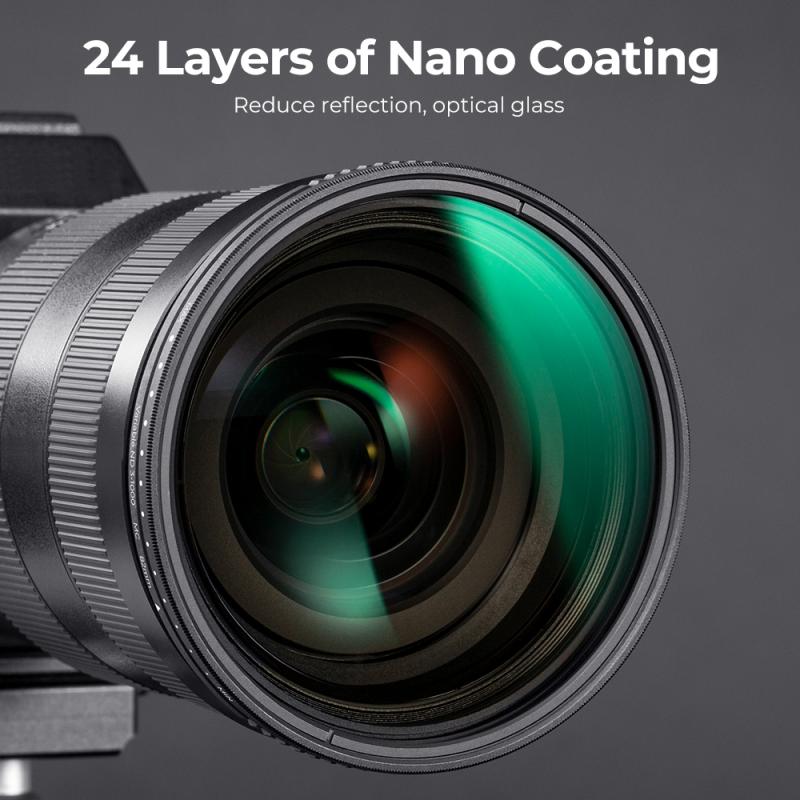
4、 Evolution of digital camera technology and image resolution
The first digital camera was invented in 1975 by Steven Sasson, an engineer at Eastman Kodak. This early prototype was quite bulky and had a resolution of only 0.01 megapixels. It captured black and white images onto a cassette tape and took a whopping 23 seconds to record a single image. Despite its limitations, this invention marked the beginning of a revolutionary shift in photography.
Over the years, digital camera technology has evolved significantly. The 1980s saw the introduction of the first commercially available digital cameras, which were primarily used by professionals due to their high cost. These cameras had improved image resolution, but were still far from the quality of traditional film cameras.
In the 1990s, digital cameras became more accessible to the general public. They became smaller, more affordable, and offered higher image resolutions. The introduction of memory cards replaced the need for cassette tapes, making it easier to store and transfer images. Additionally, LCD screens were incorporated, allowing users to preview and review their photos instantly.
The early 2000s brought about a significant advancement in digital camera technology with the introduction of DSLRs (Digital Single-Lens Reflex). These cameras offered interchangeable lenses, improved image sensors, and higher resolutions, making them popular among professional photographers.
In recent years, smartphone cameras have become the most widely used digital cameras. With advancements in mobile technology, smartphone cameras now offer high-resolution images, multiple lenses, and advanced features such as portrait mode and night mode. Additionally, the rise of social media platforms has fueled the demand for instant sharing of photos, making smartphone cameras the go-to choice for many.
Looking ahead, the future of digital camera technology seems promising. Manufacturers are constantly pushing the boundaries of image resolution, low-light performance, and image stabilization. Additionally, advancements in artificial intelligence and computational photography are expected to further enhance the capabilities of digital cameras, providing users with even more creative possibilities.
In conclusion, the evolution of digital camera technology has come a long way since its inception in 1975. From the bulky and low-resolution prototype to the compact and high-resolution cameras of today, digital cameras have revolutionized the way we capture and share images. With each passing year, we can expect further advancements that will continue to shape the future of photography.
